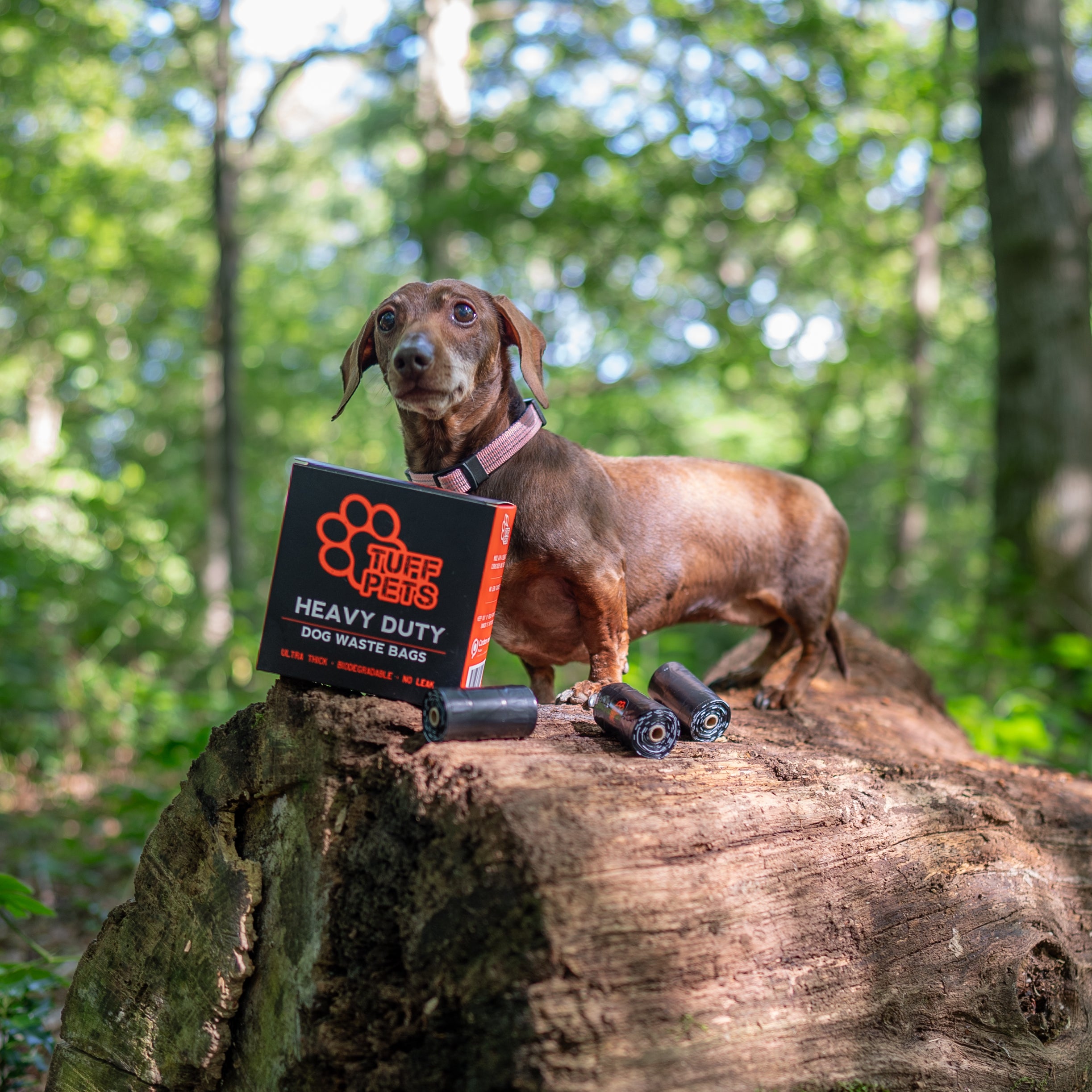Dogs scratching constantly, licking their paws, or developing red, inflamed patches on their skin are common sights that worry pet owners. Skin allergies affect millions of dogs worldwide, making it one of the most frequent reasons for veterinary visits. Understanding what triggers these allergic reactions and how to manage them effectively can transform your dog's quality of life.
This comprehensive guide explores the various causes of dog skin allergies, identifies factors that worsen symptoms, and provides evidence-based treatment options to help your furry friend find relief from persistent itching and discomfort.
Understanding Dog Skin Allergies
Dog skin allergies occur when your pet's immune system overreacts to normally harmless substances, triggering an allergic reaction. The dog's skin becomes inflamed, leading to intense itching, redness, and various skin problems that can significantly impact their wellbeing.
Most skin allergies in dogs fall into three main categories: food allergies, environmental allergies, and flea allergy dermatitis. Each type presents unique challenges and requires specific treatment approaches to manage effectively.
The skin barrier serves as your dog's first line of defence against allergens. When this barrier becomes compromised, allergens can penetrate more easily, leading to increased skin irritation and allergic responses. Understanding this mechanism helps explain why some dogs develop allergies whilst others remain unaffected.

Common Causes of Skin Allergy in Dogs
Environmental Allergies and Allergens
Environmental allergies, also known as atopic dermatitis, represent the most common skin allergy affecting dogs. These allergies develop when dogs become sensitive to airborne particles and environmental substances they encounter daily.
Common environmental allergens include:
Seasonal triggers: Pollen from trees, grasses, and weeds causes seasonal allergies that typically worsen during spring and summer months. The pollen count directly correlates with symptom severity, explaining why some dogs experience relief during winter.
Year-round allergens: House dust mites thrive in warm, humid environments and remain present throughout the year. These microscopic creatures live in bedding, carpets, and upholstery, making complete avoidance challenging.
Mould spores: Both indoor and outdoor mould can trigger allergic reactions. Damp areas, basements, and poorly ventilated spaces often harbour mould that affects sensitive dogs.
Other environmental factors: Cigarette smoke, cleaning products, perfumes, and certain fabrics can also trigger allergic responses in susceptible dogs.

Food Allergies in Dogs
Food allergies develop when a dog's immune system mistakenly identifies specific proteins as threats. Unlike food intolerance, which affects digestion, food allergies trigger immune responses that manifest as skin problems.
Common food allergens include:
-
Beef and chicken proteins
-
Dairy products
-
Wheat and corn
-
Eggs
-
Soy products
Food allergies can develop at any age, even to foods your dog has eaten without problems for years. The underlying cause often involves repeated exposure to the same protein sources, which gradually sensitises the immune system.
Flea Allergy Dermatitis
Flea allergy dermatitis occurs when dogs develop hypersensitivity to flea saliva. Even a single flea bite can trigger intense itching in allergic dogs, making strict flea control essential for managing this condition.
Flea dirt, which appears as small black specks in your dog's coat, indicates flea presence. Dogs with flea allergy often develop hair loss and skin lesions, particularly around the tail base and hindquarters.

Recognising Symptoms of Allergic Dermatitis
Primary Symptoms
Intense itching: The most common symptom of skin allergies manifests as persistent scratching, licking, and chewing. Affected dogs may scratch until they create wounds, leading to secondary complications.
Skin irritation: Red, inflamed patches appear on various body parts, often accompanied by swelling and warmth. The dog's ears frequently show signs of irritation, particularly in cases of environmental allergies.
Hair loss: Constant scratching and licking cause patchy hair loss, creating bald spots that may become infected if left untreated.
Secondary Complications
Skin infections: Bacterial infections commonly develop when constant scratching damages the skin barrier. These secondary infections require antibiotic treatment and can significantly worsen symptoms.
Yeast infections: Warm, moist areas affected by allergies provide ideal conditions for yeast overgrowth. Yeast infections produce a distinct odour and require antifungal medications for treatment.
Ear infections: Dogs with environmental allergies frequently develop ear problems due to inflammation and moisture retention. Left untreated, ear infections can become chronic and difficult to manage.

Factors That Worsen Skin Allergies
Several environmental and lifestyle factors can exacerbate existing skin allergies:
Humidity and temperature: High humidity levels promote dust mite growth and create favourable conditions for skin infections. Extreme temperatures can also stress the skin barrier.
Stress: Psychological stress weakens the immune system and can trigger allergic flare-ups. Changes in routine, moving house, or introducing new pets may worsen symptoms.
Poor nutrition: Diets lacking essential fatty acids compromise skin health and reduce the skin's ability to maintain its protective barrier.
Inadequate grooming: Irregular bathing allows allergens to accumulate on the skin surface, whilst over-bathing can strip natural oils and worsen dryness.
Dog Breeds Prone to Skin Allergies
Certain dog breeds show increased susceptibility to skin allergies due to genetic predisposition:
Highly susceptible breeds: Golden Retrievers, Labrador Retrievers, German Shepherds, and Bulldogs frequently develop atopic dermatitis. These breeds often require lifelong management of their skin conditions.
Moderate risk breeds: Cocker Spaniels, West Highland White Terriers, and Dalmatians show increased allergy rates compared to mixed breeds.
Genetic factors: Some allergies represent a genetic disease passed from parent to offspring. Responsible breeding practices can help reduce allergy prevalence in susceptible breeds.

Diagnosis and Allergy Testing
Veterinary Examination
Proper diagnosis begins with a thorough veterinary examination. Your veterinarian will assess your dog's symptoms, medical history, and potential allergen exposure to determine the most likely cause.
Allergy Testing Methods
Skin testing: This gold standard method involves injecting small amounts of potential allergens under the skin to identify specific sensitivities. Skin testing provides accurate results for environmental allergens but cannot detect food allergies.
Blood tests: Serum allergy tests measure antibody levels against specific allergens. Whilst convenient, blood tests may be less accurate than skin testing for some allergens.
Elimination diets: For suspected food allergies, elimination diets remain the most reliable diagnostic tool. This process involves feeding a prescription diet containing novel proteins for 8-12 weeks whilst monitoring symptom improvement.
Treatment Options for Skin Allergies
Medical Treatments
Anti-itch medications: Prescription medications like Apoquel and Cytopoint provide rapid relief from intense itching. These treatments target specific pathways in the immune response, offering effective symptom control.
Allergy shots: Immunotherapy involves regular injections of diluted allergens to gradually desensitise the immune system. This treatment requires months to show effects but can provide long-term relief for environmental allergies.
Antibiotics and antifungals: Secondary skin infections require specific antimicrobial treatments. Bacterial infections respond to antibiotics, whilst yeast infections need antifungal medications.

Topical Treatments
Medicated shampoos: Specially formulated shampoos containing ingredients like chlorhexidine or ketoconazole help manage skin infections and reduce inflammation. Regular medicated baths can significantly improve skin health.
Topical sprays: Anti-inflammatory sprays provide localised relief for specific problem areas. These products often contain soothing ingredients that calm inflamed skin.
Moisturising treatments: Products containing fatty acids help restore the skin barrier and reduce dryness. Regular application can prevent flaky skin and improve overall skin health.
Dietary Management
Prescription diets: Hypoallergenic diets containing hydrolysed proteins or novel protein sources help manage food allergies. These diets must be fed exclusively to achieve optimal results.
Fatty acid supplements: Omega-3 and omega-6 fatty acids support skin health and reduce inflammation. These supplements work synergistically with other treatments to improve outcomes.
Environmental Management
Strict flea control: Comprehensive flea prevention programmes protect against flea allergy dermatitis. Modern flea collars and topical treatments provide month-long protection.
Allergen avoidance: Reducing exposure to identified allergens helps minimise symptoms. This may involve air purifiers, frequent cleaning, and avoiding high-pollen areas during peak seasons.

Managing Chronic Skin Conditions
Long-term Care Strategies
Managing chronic skin allergies requires a comprehensive approach combining medical treatment, environmental management, and regular monitoring. Most dogs with allergies need lifelong management rather than a cure.
Regular veterinary check-ups: Scheduled examinations allow early detection of flare-ups and adjustment of treatment protocols. Your veterinarian can monitor for side effects and assess treatment effectiveness.
Consistent treatment regimens: Adherence to prescribed medications and treatments is crucial for success. Stopping treatment too early often leads to symptom recurrence.
Quality of life monitoring: Assessing your dog's comfort level helps guide treatment decisions. The goal is not just symptom control but maintaining a good quality of life.
Seasonal Considerations
Dogs with seasonal allergies may require adjusted treatment protocols during high-risk periods. Increasing medication doses or adding supplementary treatments during pollen season can prevent severe flare-ups.
Prevention and Proactive Care
Puppy Care
Early socialisation and exposure to various environments may help prevent some allergies from developing. However, genetic predisposition cannot be overcome through environmental manipulation alone.
Skin Health Maintenance
Regular grooming: Consistent brushing removes allergens from the coat and distributes natural oils. Professional grooming every 6-8 weeks helps maintain skin health.
Proper nutrition: High-quality diets rich in essential fatty acids support skin barrier function and overall health.
Environmental control: Maintaining clean living spaces and using air purifiers can reduce allergen exposure.

Taking Action for Your Dog's Skin Health
Skin allergies in dogs represent complex conditions requiring professional veterinary care and committed long-term management. Early intervention often leads to better outcomes and prevents the development of chronic skin problems.
If you suspect your dog has skin allergies, schedule a veterinary consultation promptly. Your veterinarian can perform appropriate allergy testing, identify the underlying cause, and develop a comprehensive treatment plan tailored to your dog's specific needs.
Remember that managing skin allergies is often a marathon, not a sprint. With proper diagnosis, effective treatment, and consistent care, most dogs can live with skin allergies without discomfort.


















Share:
Why Do Dogs Sleep So Much?
Why Is My Dog Trembling and Panting? A Complete Guide